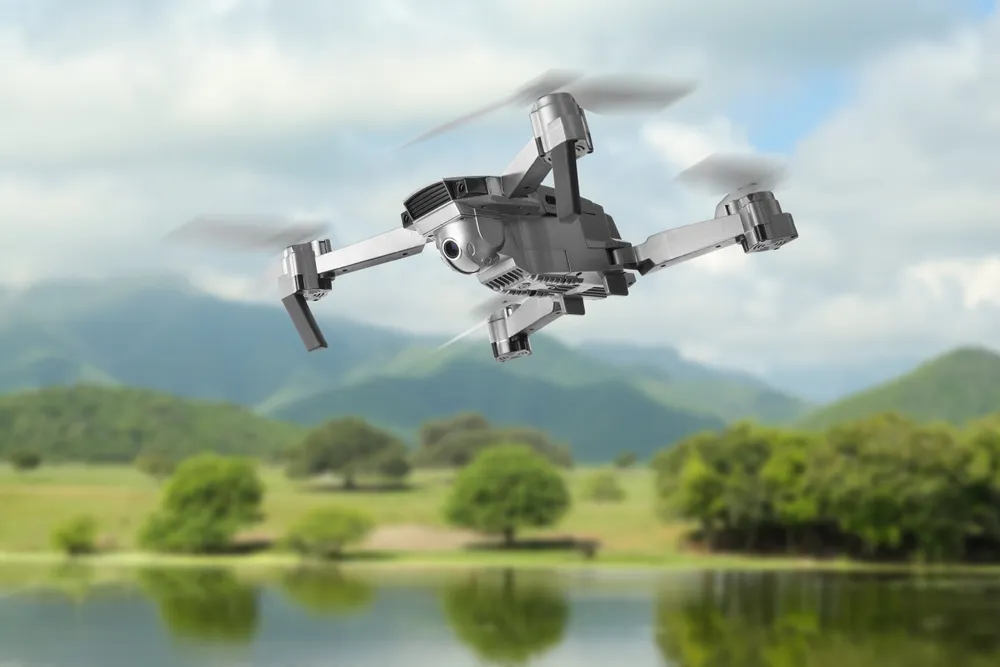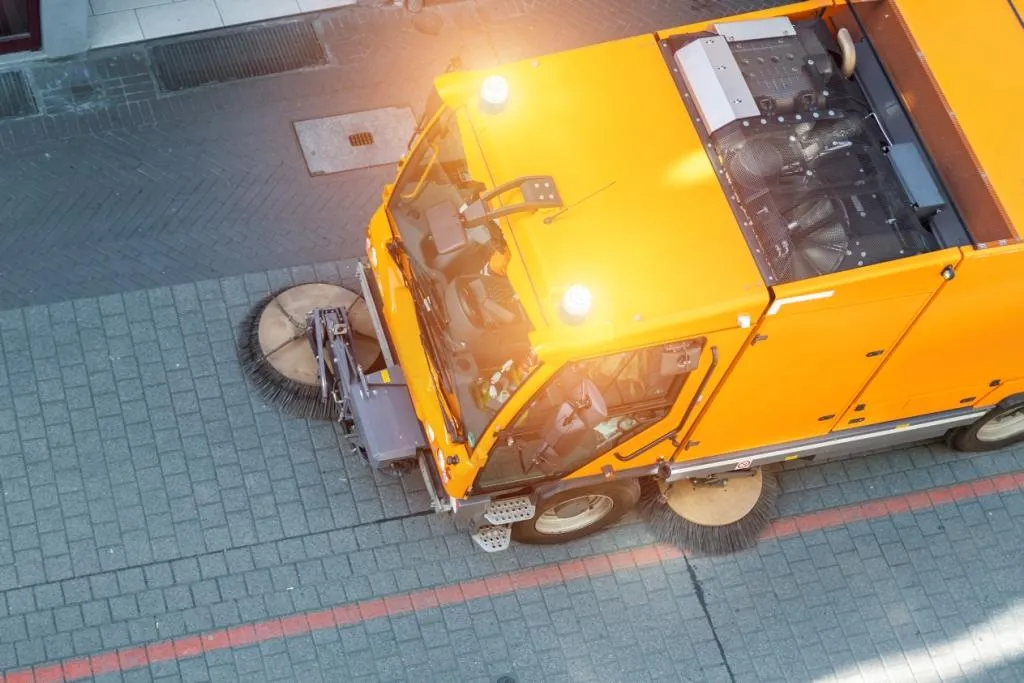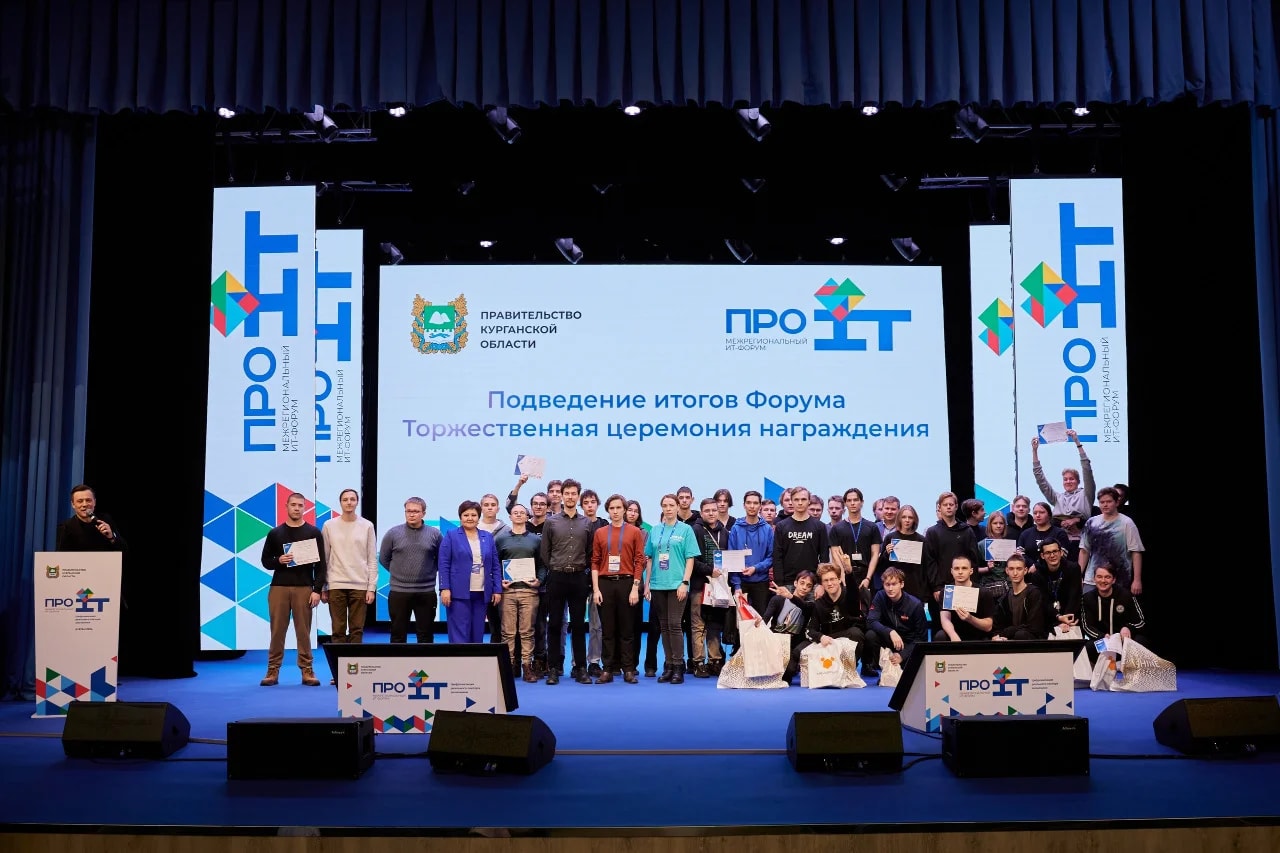Russian Regions Deploy Drones and AI to Combat Invasive Hogweed
A pilot project in Tver Region is using drones and AI to track and constrain the spread of toxic hogweed, an aggressive plant that causes severe burns on contact with skin.

Traditional methods of controlling the invasive plant, which causes skin burns on contact, are becoming less effective. As a result, Russian regions are increasingly turning to advanced technologies.
The administration of Kalininsky District in Tver Region reported on a project that uses drones together with the Inspector 2.0 hardware-software system to combat Sosnowsky’s hogweed. The technology helps quickly identify infested areas and hold landowners accountable.
AI generates optimal drone flight paths using topographic maps, a dedicated 'hogweed map,' and historical data on plant concentration. Once data is collected, video is sent to a server, where a neural network determines infestation boundaries and pinpoints plant coordinates, overlaying them on property maps. The data is uploaded to Inspector 2.0, and monitoring equipment is installed in those locations. If the system detects hogweed, photos and videos are sent to the server. The information is automatically forwarded to an administrative commission, and the landowner receives a fine.
Earlier reports highlighted drones’ ability to map hogweed-infested areas with high precision and evenly distribute herbicides. In St. Petersburg, vehicles equipped with neural network technology patrol 186 routes daily to detect the invasive plant.









































